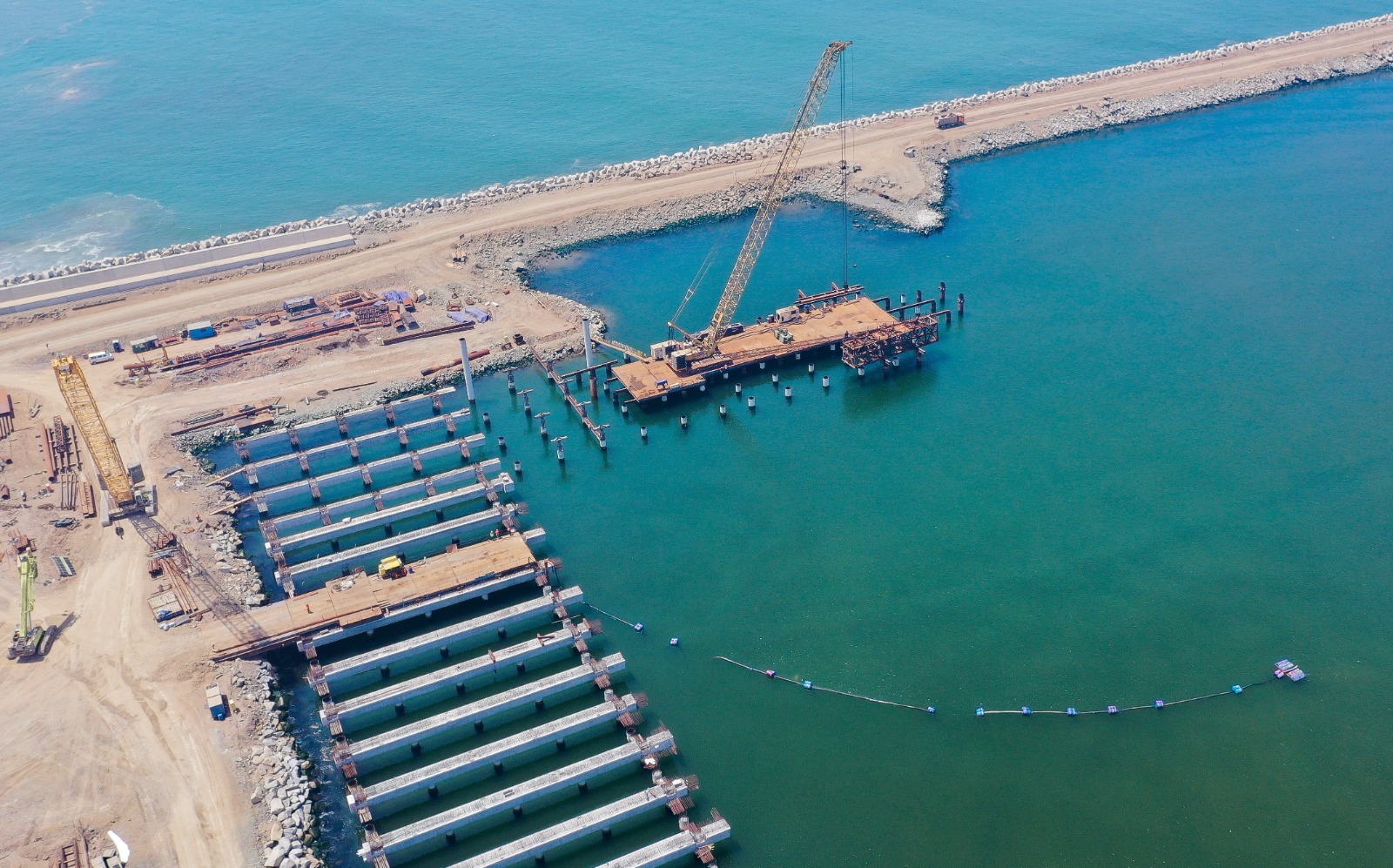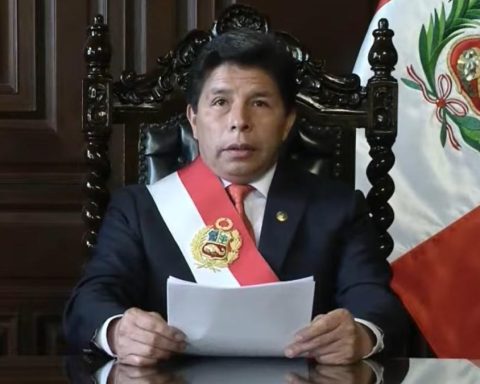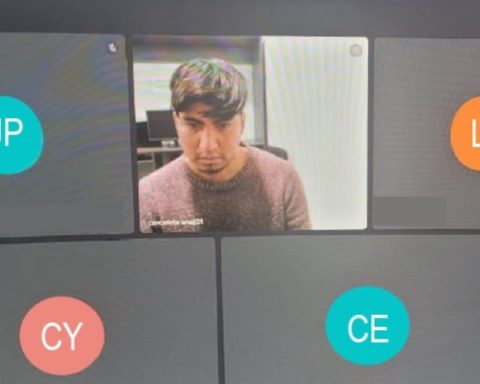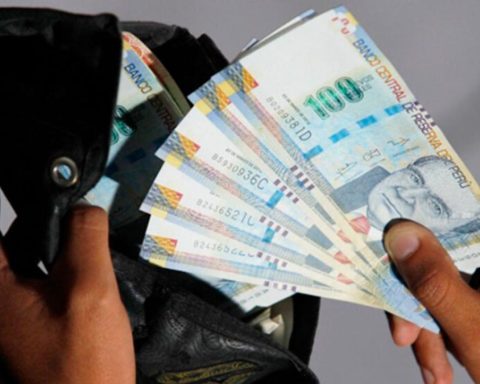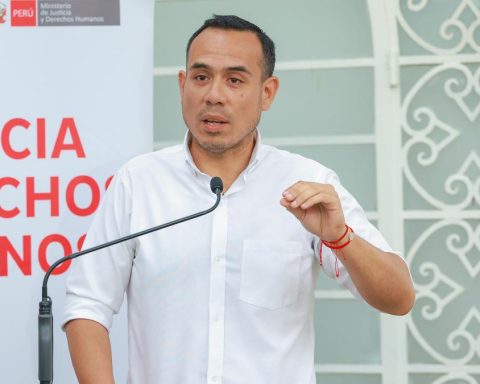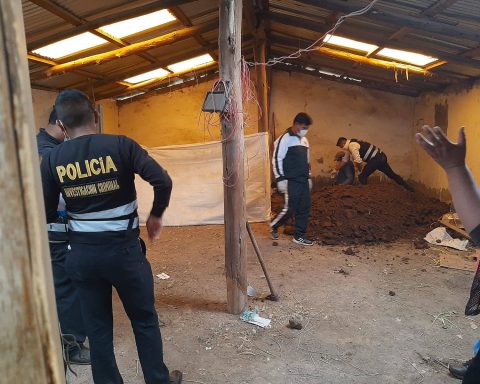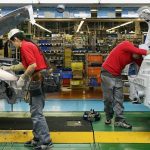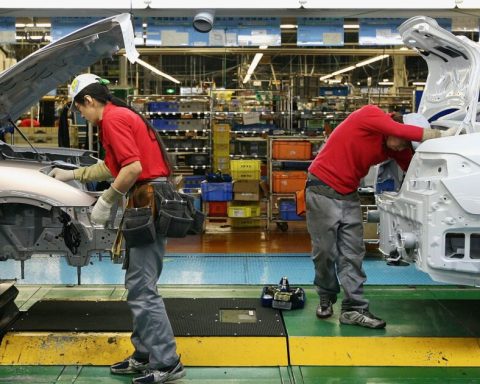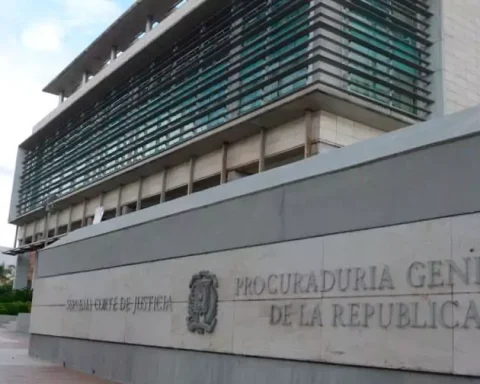By Leonardo López, second vice president of the Lima Chamber of Commerce
As noted by Omar Narrea, researcher at the Center for Studies on China and Asia Pacific of the University of the Pacificthe imminent launch of the Chancay portwhich will make Peru a port hub in the field of merchandise traffic between Asia and South Americanot only should it imply this, but, as has happened with other Asian countries (Malaysia, Thailand and China itself), it should be the driver of the country’s productive and industrial development.
However, for this long-awaited industrial development to be truly possible in view of the next inauguration of the Port of Chancay, it is necessary for the Congress of the Republic to conclude with the debate and approval of two absolutely strategic bills for this purpose; We are referring to the draft Law on Special Economic Zones (No 293/2021-CR presented by Congressman Salhuana, current president of Congress) and the draft law on the Processing, Manufacturing, Maquila and Storage Regime -REMA- (No 7065 /2023-CR presented by Congressman Carlos Anderson).
Both bills seek to create the conditions for Peru, taking advantage of its geographical location as well as the logistics infrastructure it has been implementing, to become a center of development and industrial chain in South America.
The project on special economic zones brings together the best experiences of countries that have been successfully exploiting these zones of special customs and tax treatment with the purpose of attracting foreign investment in sectors with high labor demand, as is the case of Costa Rica, Uruguay or Dominican Republic; The project proposes a modern scheme of free zones in which these constitute true private industrial real estate developments, which offer users who acquire titles in such spaces, the possibility of carrying out a new industrial or service activity, enjoying a space freed from tariffs and a promoting tax regime, in exchange for investment in capital and the generation of jobs.
The second project (the REMA) replicates the Mexican system that has made possible the great industrial development of said country, especially in the automotive industry. In this sense, the REMA project proposes making Peru an export platform for manufacturing, maquila and custom processing services, allowing companies from abroad to entrust the production of their products to Peruvian service companies. For this purpose, the project includes in a single regime, already existing mechanisms, such as the temporary admission of the inputs and raw materials necessary to produce the goods, it also provides the possibility of sourcing such goods locally as well as storage. in Peru of the goods produced for the placement by their owners (the foreign companies that commission the manufacturing or maquila) in the world markets, without this implying for the aforementioned owner of said goods, the generation of a permanent establishment in Peru nor the generation of income from Peruvian sources, as specified in a report from Sunat itself.
Looking ahead to the next appointment of the APEC where the leaders of the most important economies in the world as well as the CEOs of transnational companies will meet in our country. We hope that both projects have already been approved to be able to show the investment opportunities that Peru offers; Let’s hope that the congressmen do not stop riding the wave and fail to pass up this great opportunity for the country.
